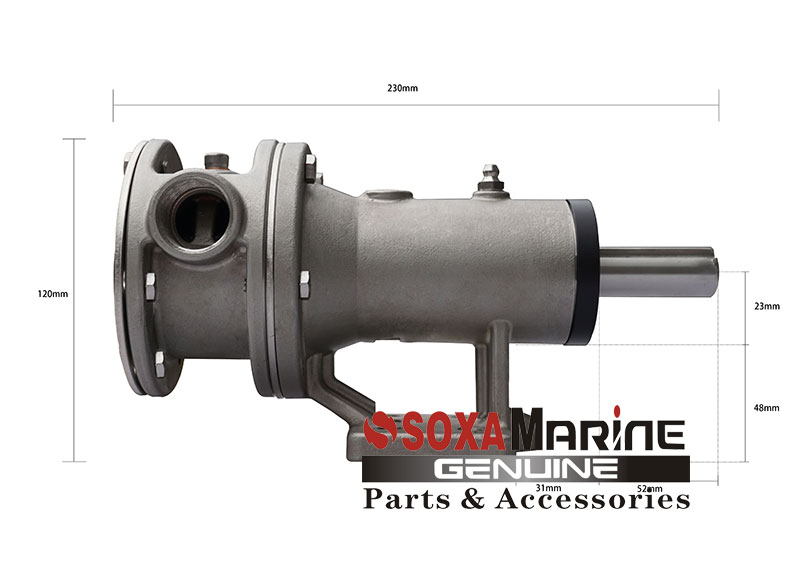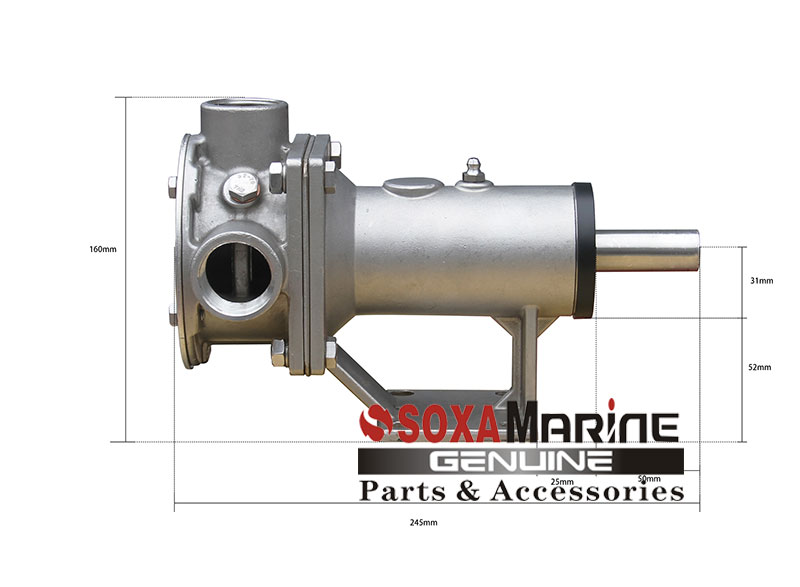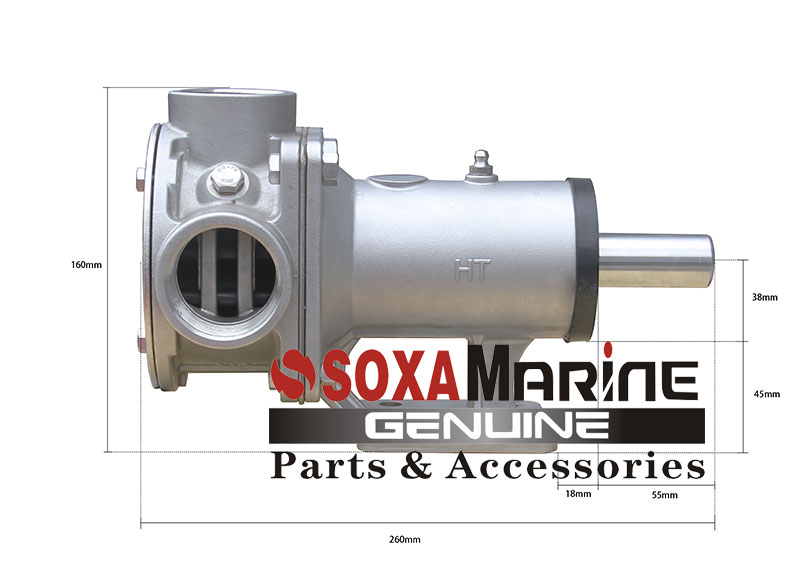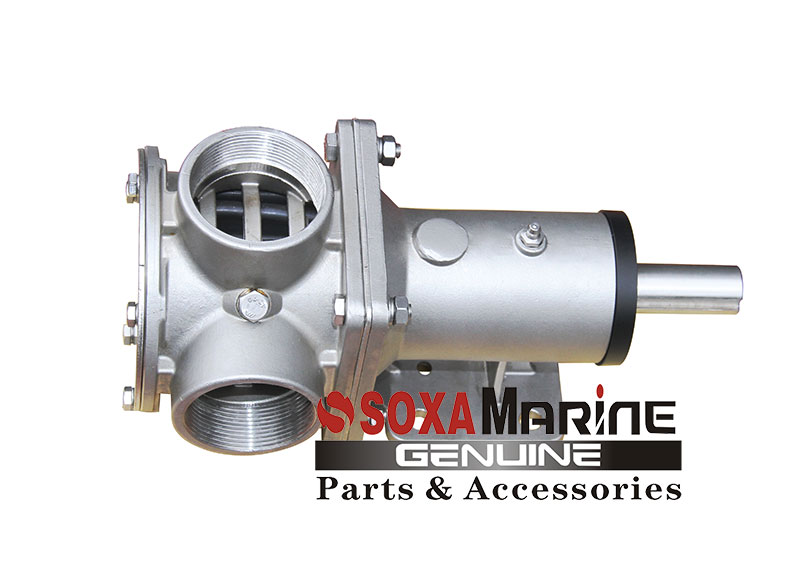Stainless steel flexible rubber impeller pump
For some food industry applications, we have food grade rubber impellers available
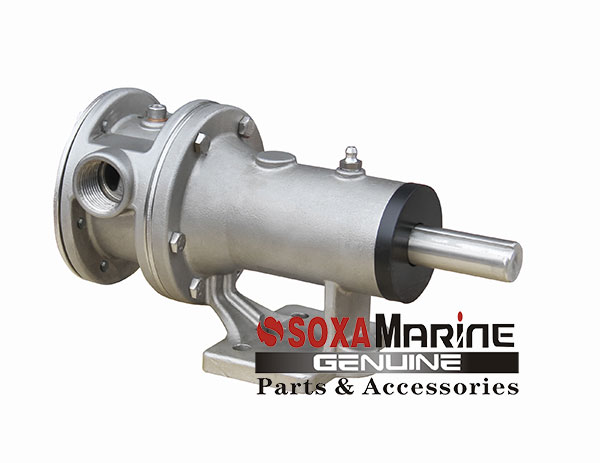
The flexible impeller pump is a very simple to operate, self-priming positive displacement pump that provides an effective solution for most marine and industrial pumps.
High performance, large flow self-priming flexible impeller pump
Advantages of Flexible Impeller Pumps
Its main advantage is its excellent self-priming ability. During the bending and recovery process of the rubber blades, a vacuum (negative pressure) is formed in the cavity, sucking the liquid into the pump body. The suction range of the flexible impeller pump can reach 5 meters, so the pump body does not need to be placed below the liquid surface, so it is widely used in deck washing, engine cooling systems or manual filling. Another advantage of the flexible impeller pump is that it can transport liquids containing large particles without being blocked or damaged, which greatly reduces the need for filtering the suction liquid.
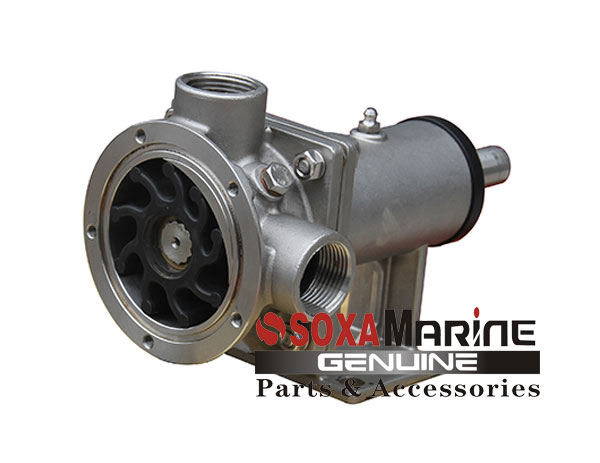
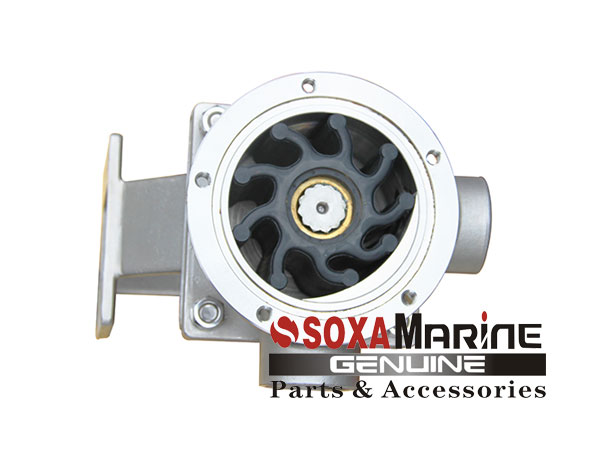
We offer two different rubber impeller materials
The standard, high-life neoprene impeller is suitable for most seawater or freshwater liquids, while the oil-resistant nitrile rubber impeller is more suitable for oil or oil-water mixed liquids.
Can be used as a dosing pump
For products that are sensitive to extraction, the flexible impeller pump provides a very smooth and gentle suction process that will never whip and damage the product, even if it is as delicate as a high-fat cream. Even berry-sized media can pass through the pump smoothly, and the flexible impeller pump ensures completely pulsation-free operation. By adjusting the speed of the pump, it can also be used as a dosing pump.
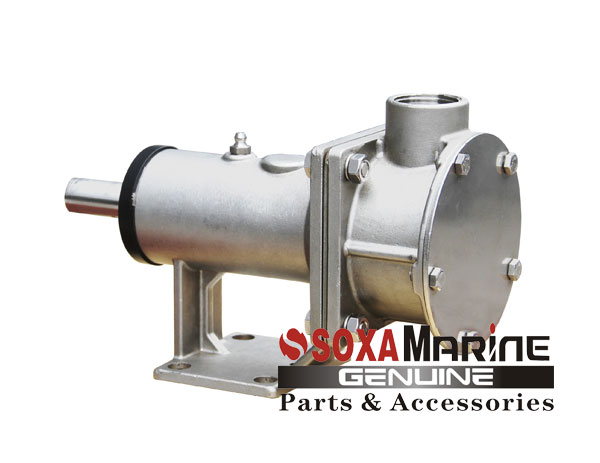
Impeller pump schematic diagram
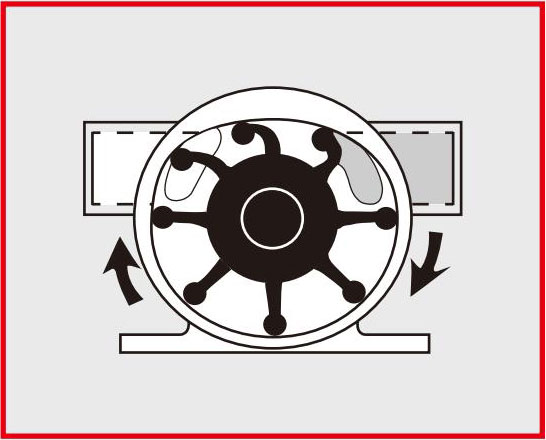
The flexible blades rotate to the eccentric piece, where they are squeezed and bent to form a vacuum that draws the liquid into the pump body.
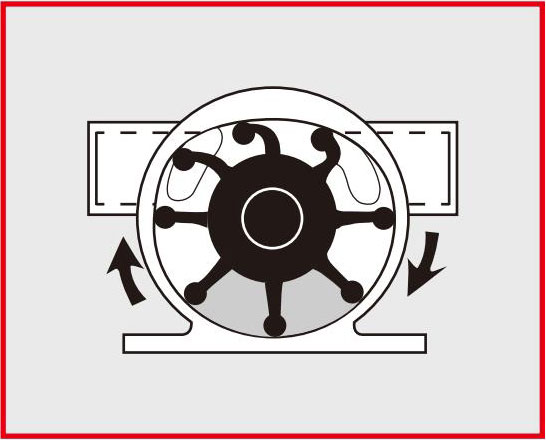
The flexible blades turn to the eccentric blades again, and are squeezed and bent to discharge the liquid smoothly out of the pump body. By changing the direction of the impeller's rotation, the direction of the liquid inlet and outlet can be changed.
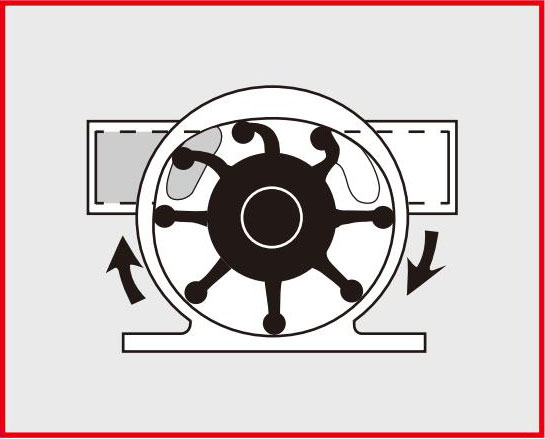
The rotation of the blades drives the liquid from the inlet to the outlet


